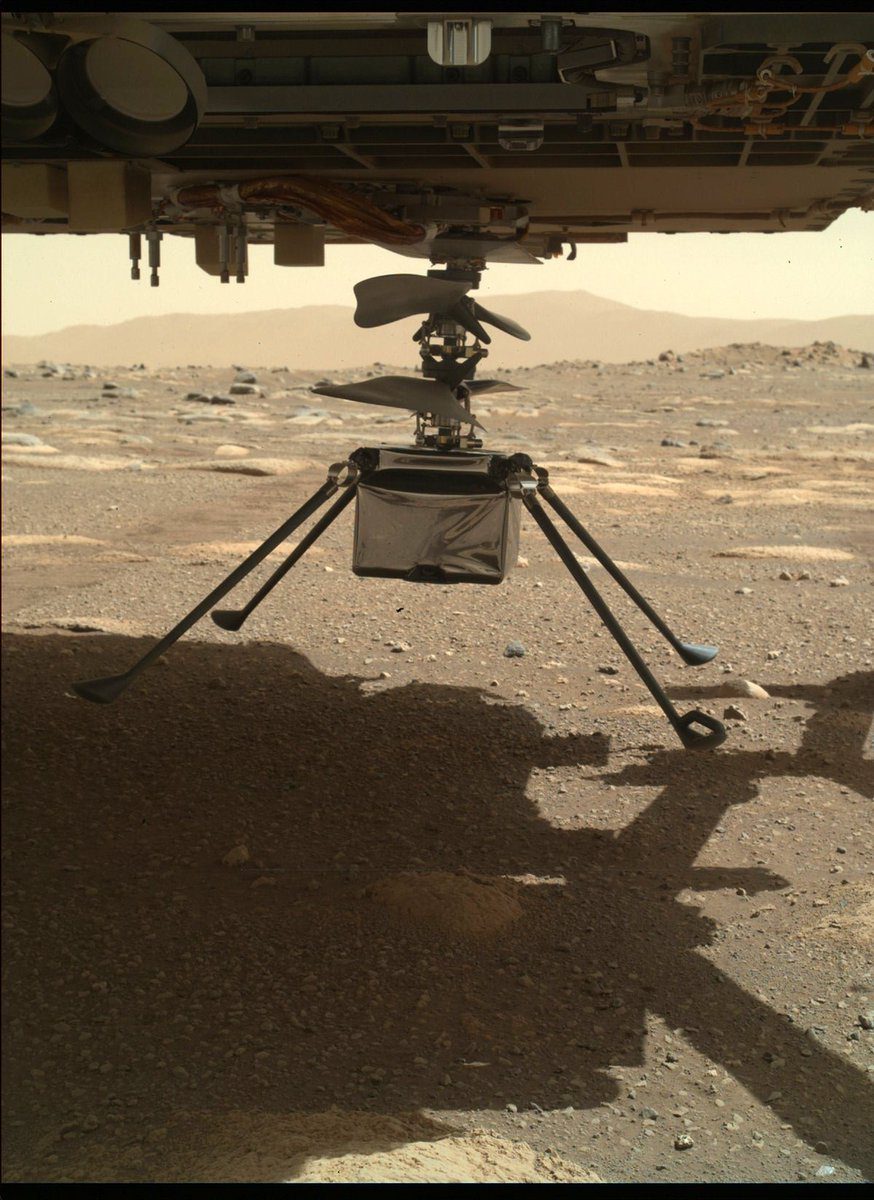The NASA/CalTech Jet Propulsion Laboratory (JPL) field centre has laid off 530 people.
The latest cuts, which affect 8 per cent of the workforce, include space scientists and engineers with significant experience. JPL is also releasing 40 contractors in addition to the 100 it recently announced. The official reason for the ‘RIF’ (a US term meaning ‘Reduction in Force’) was uncertainty about the centre’s budget as the US Congress had yet to decide on NASA’s appropriation for fiscal year 2024.
The California based centre has played a leading role in a glorious run of unmanned long-range exploratory missions. However, some doubt has been cast about the future of the NASA Mars sample return mission based on its cost and complexity, a major project for the centre.
Comment by David Todd: RIFs are, sadly, all too common in the aerospace industry. These usually occur with the ebb and flow of the market, which has a tendency to cause a ‘feast or famine’ in funding. Nevertheless, these job losses will be a shock to the JPL workforce, who have been responsible for many of the headline grabbing NASA missions of the past five decades.
Human spaceflight has been parked in a boring low Earth orbit (LEO) cul-de-sac via the Space Shuttle and the International Space Station (ISS). That will shortly change via the lunar exploratory Artemis programme. However, since the end of the Apollo programme in the early 1970s, it has been unmanned missions to Mars, Saturn, Jupiter, asteroids, comets and the outer planets – led by JPL – that have contributed the most to NASA’s glory and public acclaim. The latest of these venerated missions was the recently retired Mars Ingenuity helicopter.
In many ways JPL has been the most productive of NASA’s numerous field centres – of which there are too many spread across the US (due to NASA’s need for political support) – thus, if cuts had to be made at NASA, they should have been made elsewhere.

Drone Mars helicopter Ingenuity. Courtesy: NASA JPL-Caltech







